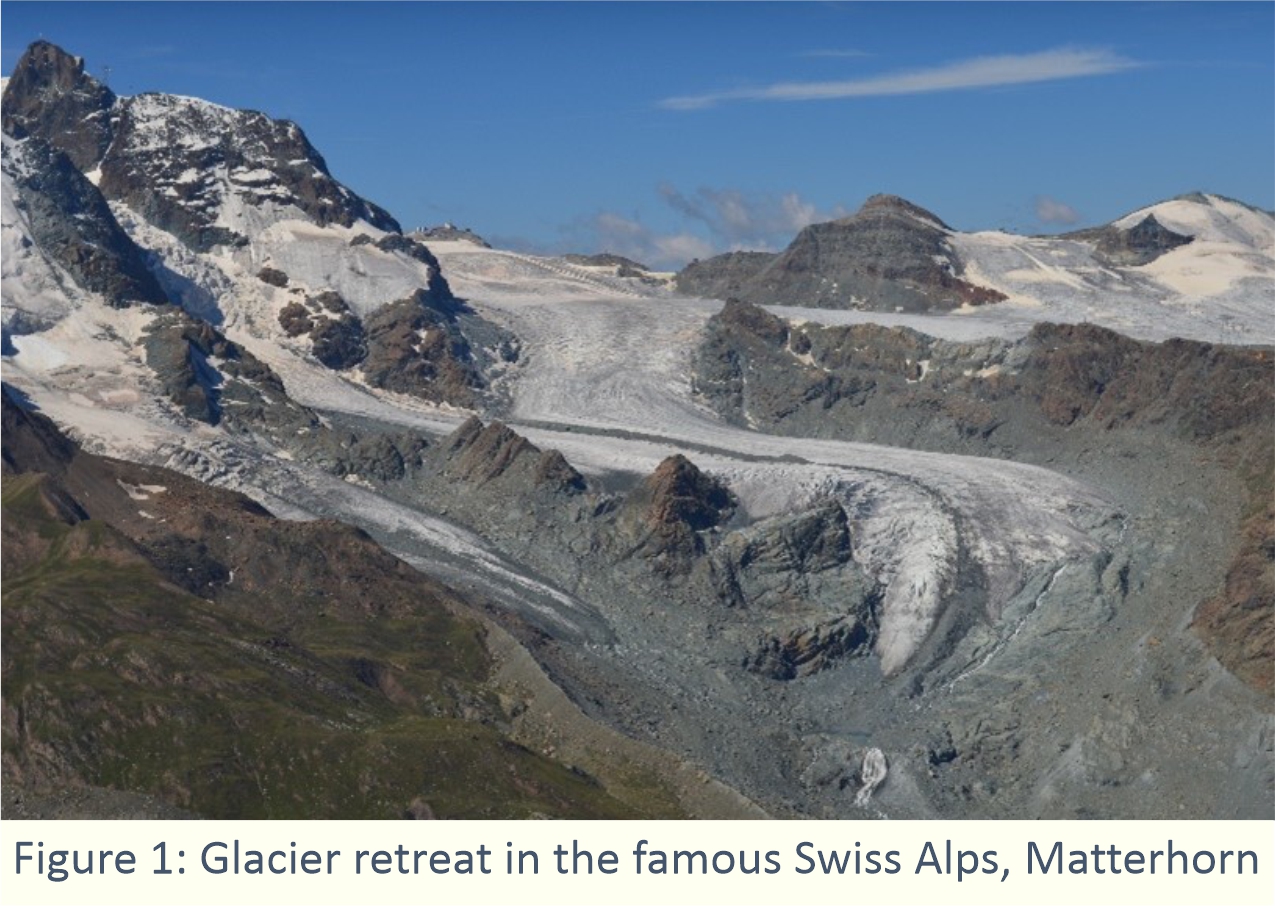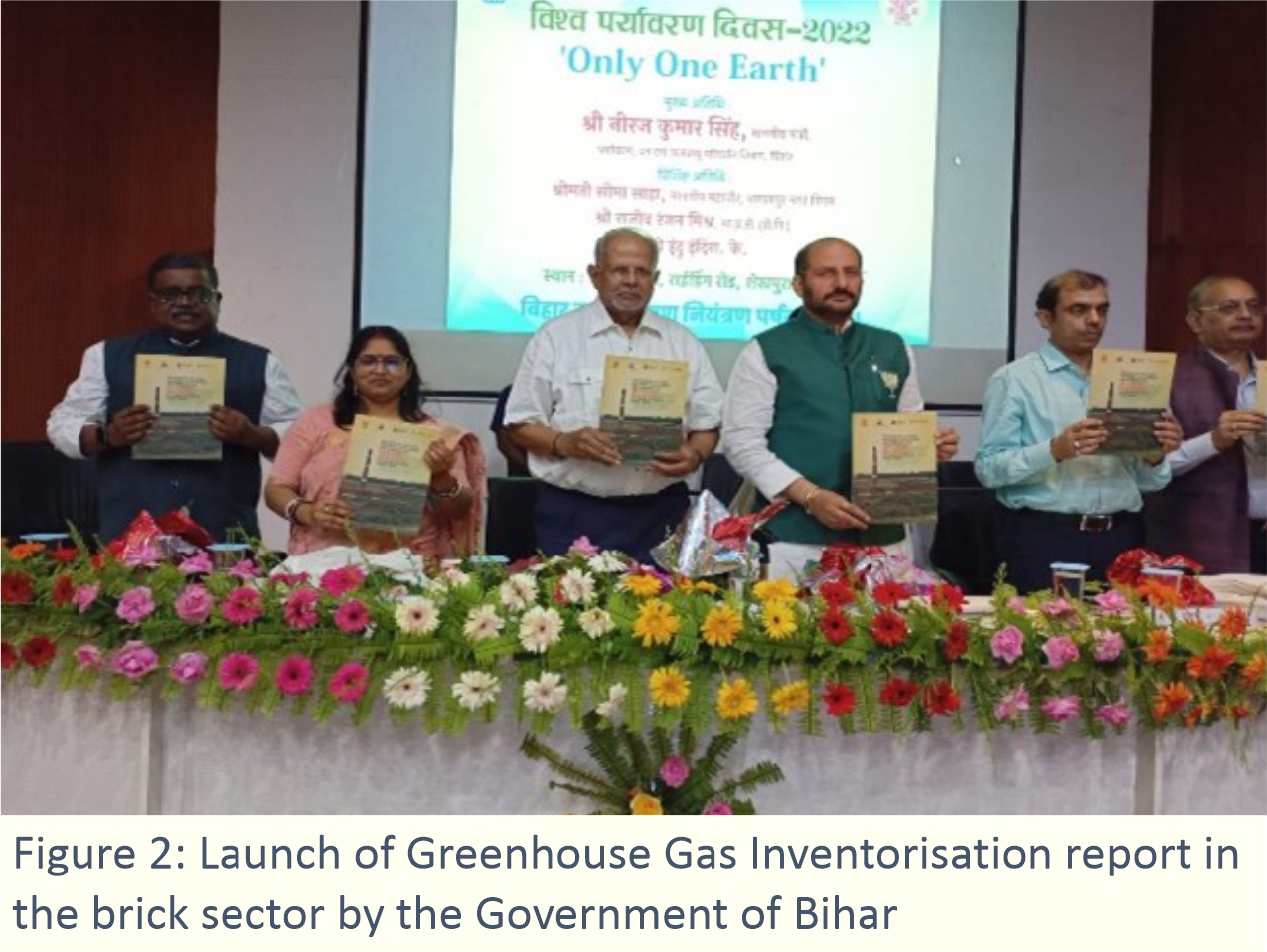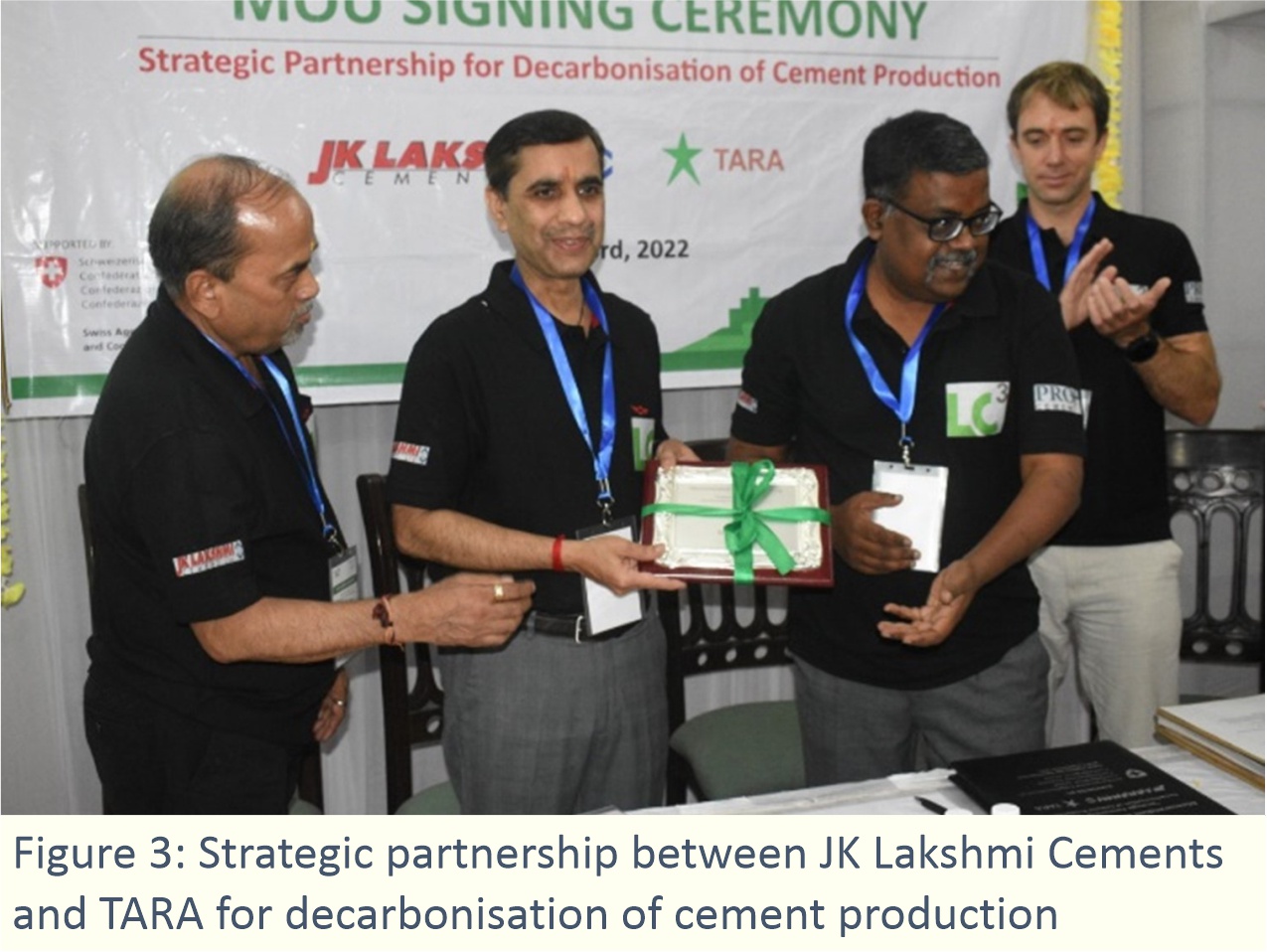|
There has been a confusion with the words ‘climate change’ and ‘global warming’. People tend to use them at their convenience. Put simply, global warming refers to the rise in surface temperature and climate change is the side effect of global warming.
More global warming will lead to more natural disturbances and climate unpredictability, which will affect food grain production and economic development due to frequent occurrences of natural calamities. Negative impacts on biodiversity and ecology including food production will lead to more hunger, dependency of lower-income countries on wealthy nations, and an imbalance of social and economic equity. Civil unrest will rise and the resultant increased inter-continental migration will affect indirectly the development, stability, and security of developed nations. This has already been seen in European countries, the USA, Canada, Australia, and India. Oceans and freshwater bodies are a source of life and food for a large number of people. Many nations depend on the produce from the sea for their existence. However, increased global warming is projected to increase the ocean acidity and decrease oxygen levels, consequently, affecting the marine biodiversity and ecosystem. There will be an ingress of salt water in the deltaic regions and marine floods will destroy the sweet water ecosystem in coastal lands, thereby increasing the vulnerability to food supply systems.
India is predominantly an agriculture-based country and depends on natural rivers and seasonal rainfall for agricultural produce. Over the years, the profoundness of global warming has affected India heavily. If there are no steps taken in this regard, then the future looks quite bleak. Already, the Himalayan glaciers have melted and retreated. This has affected the flow rates of major perennial river systems of the country, including the Ganges, Indus, Yamuna, and Brahmaputra. The frequency of floods and heat waves has increased with shifts in seasons. Severe landslides, flash floods, and unseasonal rains are destroying the agricultural system and making people homeless. This has resulted in increased migration to cities, which is negatively affecting the carrying capacity of cities and towns. Furthermore, India still needs a massive effort on developing its infrastructure and assets, creating more industries, and the need for energy for all these. The question is at what cost and who will bear the cost? As a commitment to the Paris Agreement, our Prime Minister at the COP26 announced a five-point agenda called Panchamrit (nectar elements) – ‘India's gift to the world’ to reduce climate change (GoI, 2022). These are:
Honourable Prime Minister Shri Narendra Modi has also proposed to advance a new agenda called ‘LIFE - Lifestyle for Environment’, which means changing lifestyle for the benefit of the environment.
As an organisation dedicated to minimising the effects of climate change and reducing global warming, Development Alternatives (DA) is working with various stakeholders to understand the need and create data to devise strategies for a positive change. Thus, the organisation works with farmers and communities to build their capacities to adapt to climate change, create alternate sources of livelihoods, and minimise dependence on traditional farming methods and practices. The organisation also supports small entrepreneurs in adopting 100% waste-based zero-energy brick-making technologies. Technology and Action for Rural Advancement (TARA, the DA Group) is also partnering with various cement companies to increase the usage of alternate fuels in clinkerisation and help them adopt the Limestone Calcined Clay Cement (LC3) technology. Development Alternatives is also working with state governments to create a pathway for transforming into carbon-neutral states. The organisation hoped that these endeavours will help make India a better place to live in for the future generation. References Government of India (GoI). 2022. Cabinet approves India’s updated nationally determined contribution to be communicated to the United Nations Framework Convention on Climate Change. Details available at: https://pib.gov.in/PressReleaseIframePage.aspx?PRID=1847812, last accessed on 12 November, 2022
The Wire. 2022. India’s per capita
greenhouse gas emissions far below world average: UNEP report. 27
October, 2022. Details available at:
https://thewire.in/environment/india-per-capita-greenhouse-gas-emissions-unep,
last accessed on 12 November, 2022
Dr. Soumen Maity |
 It is well accepted that human activities
have caused approximately 1.0OC of global warming above pre-industrial
levels (IPCC 6th Assessment Report: Climate Change 2021). The
Intergovernmental Panel on Climate Change states that it is likely to be
in the range of 0.8-1.2OC. Additionally, global warming is likely to
reach 1.5OC between 2030 and 2052 if it continues to increase at the
current rate. All reports by various organi
It is well accepted that human activities
have caused approximately 1.0OC of global warming above pre-industrial
levels (IPCC 6th Assessment Report: Climate Change 2021). The
Intergovernmental Panel on Climate Change states that it is likely to be
in the range of 0.8-1.2OC. Additionally, global warming is likely to
reach 1.5OC between 2030 and 2052 if it continues to increase at the
current rate. All reports by various organi Similar to other countries, India is facing
dire consequences of global warming. It is the fourth most affected
country due to climate change. The issue here is more aggravated due to
the increased population, the scale of migration and urbanisation, the
need for development, and the lack of affordable and profitable
technologies for moving towards a net-zero scenario. India emits around
2 gigatonnes of CO2eq every year with an increased rate per year (The
Wire, 2022). Despite the absolute quantity of emissions, the per capita
emission (2.5 tonnes per person) is lower than the global average, which
is led by the USA and other developing countries.
Similar to other countries, India is facing
dire consequences of global warming. It is the fourth most affected
country due to climate change. The issue here is more aggravated due to
the increased population, the scale of migration and urbanisation, the
need for development, and the lack of affordable and profitable
technologies for moving towards a net-zero scenario. India emits around
2 gigatonnes of CO2eq every year with an increased rate per year (The
Wire, 2022). Despite the absolute quantity of emissions, the per capita
emission (2.5 tonnes per person) is lower than the global average, which
is led by the USA and other developing countries. Efforts are already seen in this regard.
About 39.8% of India’s electricity is now based on renewable energy with
no new coal-based power plants being built. The emphasis is given to
phasing out old thermal power plants and shifting to renewable energy.
At the household level, traditional fuels such as coal and coal-based
briquettes are being replaced by Liquified Petroleum Gas and waste
biomass-based fuels. Even fuels from municipal solid wastes and biomass
are replacing coal in thermal application industries, including cement,
steel, etc.
Efforts are already seen in this regard.
About 39.8% of India’s electricity is now based on renewable energy with
no new coal-based power plants being built. The emphasis is given to
phasing out old thermal power plants and shifting to renewable energy.
At the household level, traditional fuels such as coal and coal-based
briquettes are being replaced by Liquified Petroleum Gas and waste
biomass-based fuels. Even fuels from municipal solid wastes and biomass
are replacing coal in thermal application industries, including cement,
steel, etc.